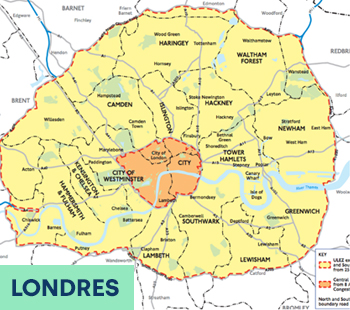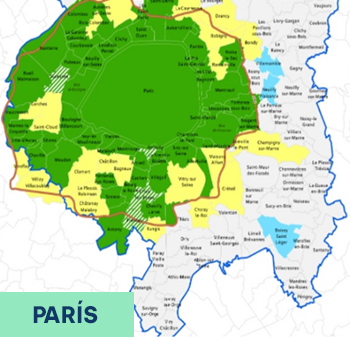Over the past 50 years, personal transport has been dominated by private vehicles powered by internal combustion engines. They have given to users a great degree of freedom by allowing them to reach virtually any location. However, their mass adoption in cities and the concentration of people in these areas has also led to congestion, pollution, and reduction of livability and sustainability of the planet.
For this reason, most cities are now actively starting to address these issues by implementation a range of different strategies, such as bringing in congestion charges, restricting the access of certain vehicles to the downtown, improving and promoting the use of public and multimodal transport, new mobility services and improving the journey experience.1
The following exhibits show how some Halls have implemented different measures for avoiding private vehicles inside cities: Berlin with one of the most restrictive low emission zone (LEZ) of Europe, London one of the first cities where fees were implemented (2001) and Paris where cars registered before 2006 are not permitted in the LEZ affecting 5,6 million people.



In addition, cities are boosting both public transport and other ways of transport for keeping the movement in a more efficient way and solving pollution and congestion problems:

Since March 2020, public transport in Luxembourg is free throughout the country and for all modes of transport -trams, trains, and buses.

Helsinki plans to implement a mobility-on-demand system that will make car ownership unnecessary by 2025. Citizens will be provided with different mobility options that are easy to use, cheap, flexible and well-coordinated, to discourage private car ownership.

Mobility Mixx is an integrated service in Netherland that offers in a single fare all ways of transport of the city including: public transit, rental cars, carpooling, bike sharing, taxis, and auto fuel. It also provides payment and trip scheduling.
Nowadays, 280 European cities are implementing these kinds of restrictions in their urban plans and new mobility services such as bikesharing, e-scooter sharing, motosharing carsharing and ridehailing have emerged in cities over the last years, disrupting the traditional models of planning traffic and delivering mobility.
Therefore, are cities changing their traditional mobility dynamics by promoting the public transport network and MaaS (Mobility as a Service) in favor of sustainability?
“Urbanism works when it creates a journey as desirable as the destination”
Paul Goldberger
1- https://urban.jrc.ec.europa.eu/thefutureofcities/mobility#the-chapter
Laura López Vicente – Traffic Officer
